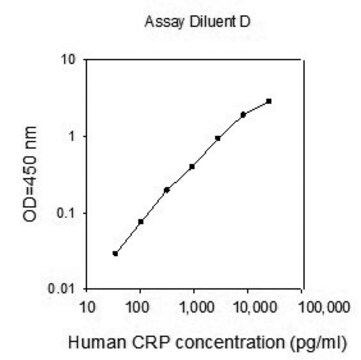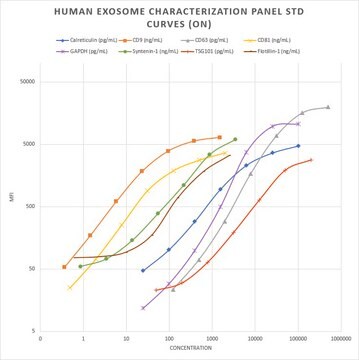EZHS42
Human Amyloid β42 ELISA Kit
measures and quantifies Amyloid β42 levels in 50 μL CSF, cell culture supernatent or plasma
About This Item
Recommended Products
product name
High Sensitivity Human Amyloid β42 ELISA, This High Sensitivity Human Amyloid β42 ELISA is used to measure & quantify Amyloid β42 levels in Neuroscience research.
Quality Level
species reactivity
human
packaging
kit of 1 × 96 wells
parameter
50 μL sample volume (Overnight assay)
assay range
sensitivity: 8.0 pg/mL
(50 μl sample size)
standard curve range: 16-500 pg/mL
technique(s)
ELISA: suitable
input
sample type plasma (K2 EDTA)
sample type serum
sample type cerebrospinal fluid (CSF)
application(s)
research use
detection method
colorimetric (450nm/590nm)
shipped in
wet ice
storage temp.
2-8°C
Gene Information
human ... APP(351)
General description
Specificity
Application
Neuroscience
Alzheimer′s Disease
Storage and Stability
Other Notes
Disclaimer
signalword
Warning
hcodes
Hazard Classifications
Aquatic Chronic 3 - Met. Corr. 1 - Skin Sens. 1
Storage Class
8A - Combustible corrosive hazardous materials
Certificates of Analysis (COA)
Search for Certificates of Analysis (COA) by entering the products Lot/Batch Number. Lot and Batch Numbers can be found on a product’s label following the words ‘Lot’ or ‘Batch’.
Already Own This Product?
Find documentation for the products that you have recently purchased in the Document Library.
Our team of scientists has experience in all areas of research including Life Science, Material Science, Chemical Synthesis, Chromatography, Analytical and many others.
Contact Technical Service







